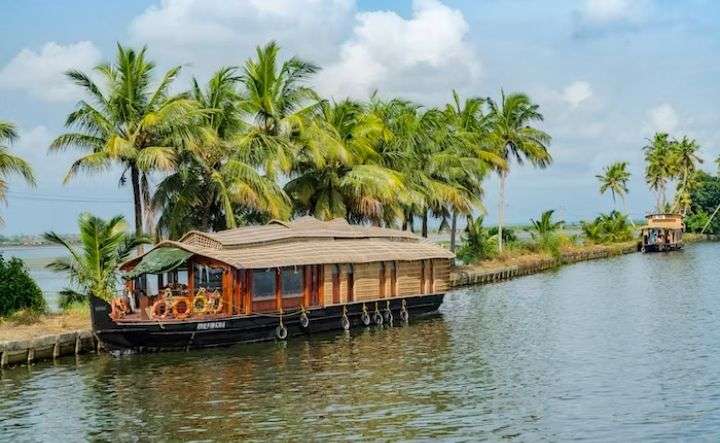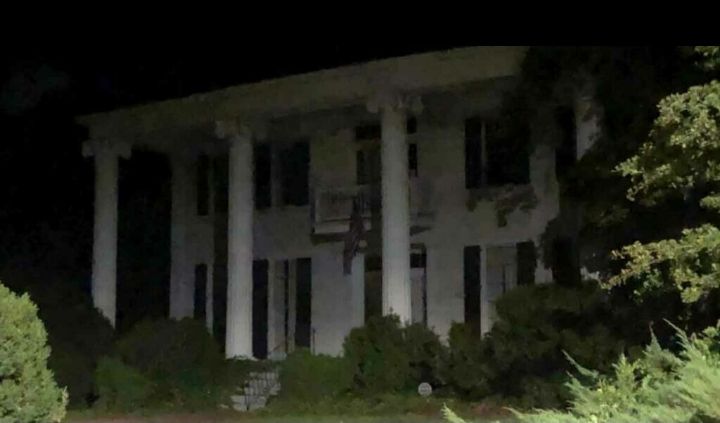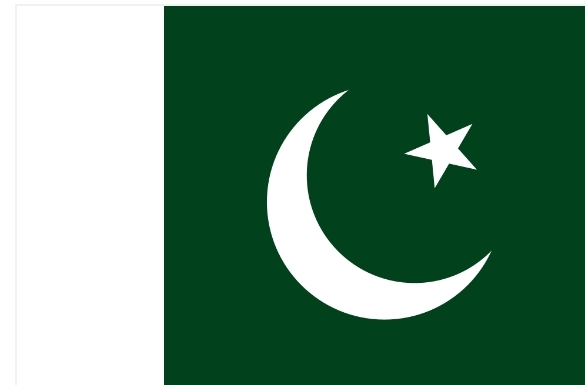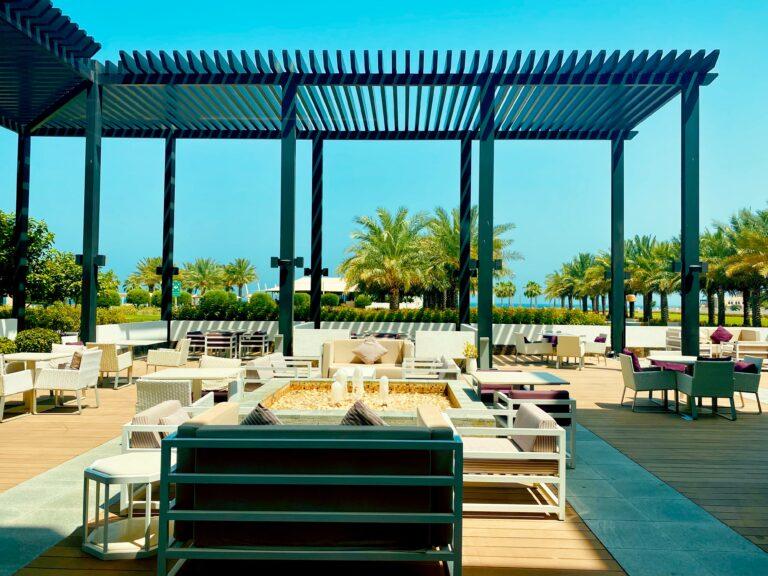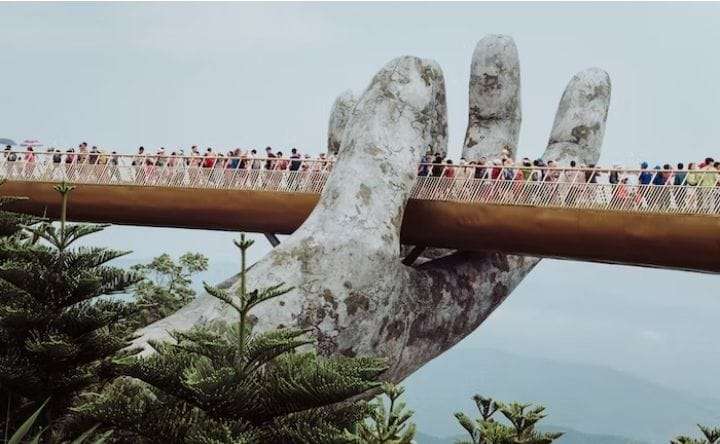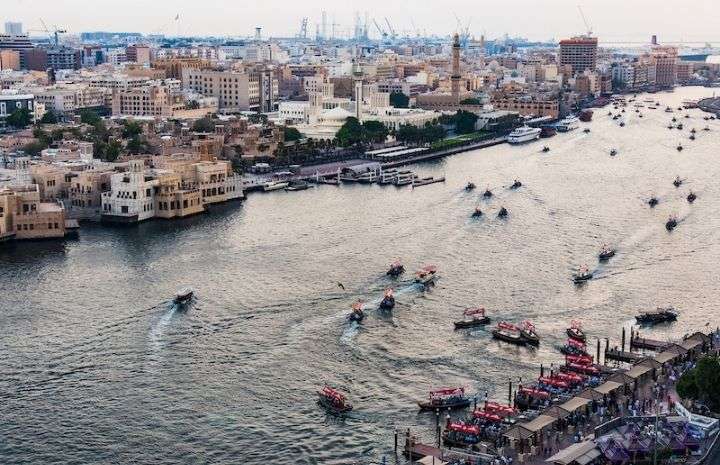Oman is a country located in West Asia, situated on the southeastern coast of the Arabian Peninsula, and spanning the Gulf of Oman and the Arabian Sea. Oman is governed as an Islamic absolute monarchy with a unitary government, where the head of state is a Sultan.The current Sultan is Haitham bin Tariq. Oman is known for its unique culture, which is influenced by its geography, history, and economics.
https://youtu.be/yTvpnuC8ceo?si=XTDLqZlfT82ZJrL7
The country has a distinct landscape, with a stark interior and a lush northern coast. Oman is strategically located and has a long history of trade and empire building. Today, it has a rapidly developing advanced economy and actively encourages tourism. Oman is the oldest independent state in the Arab world and has a population of approximately 4.5 million people.
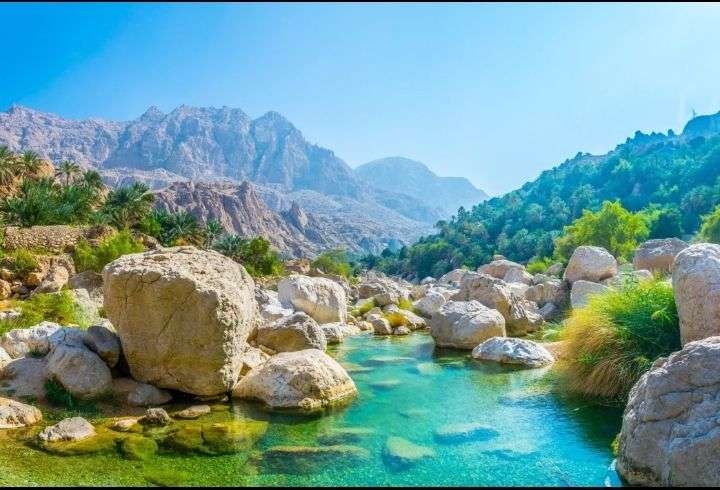
Contents
Location
Oman is located in Asia, specifically in Western Asia, on the southeastern coast of the Arabian Peninsula. The exact geographical coordinates of Oman are approximately 21.0000° N latitude and 57.0000° E longitude
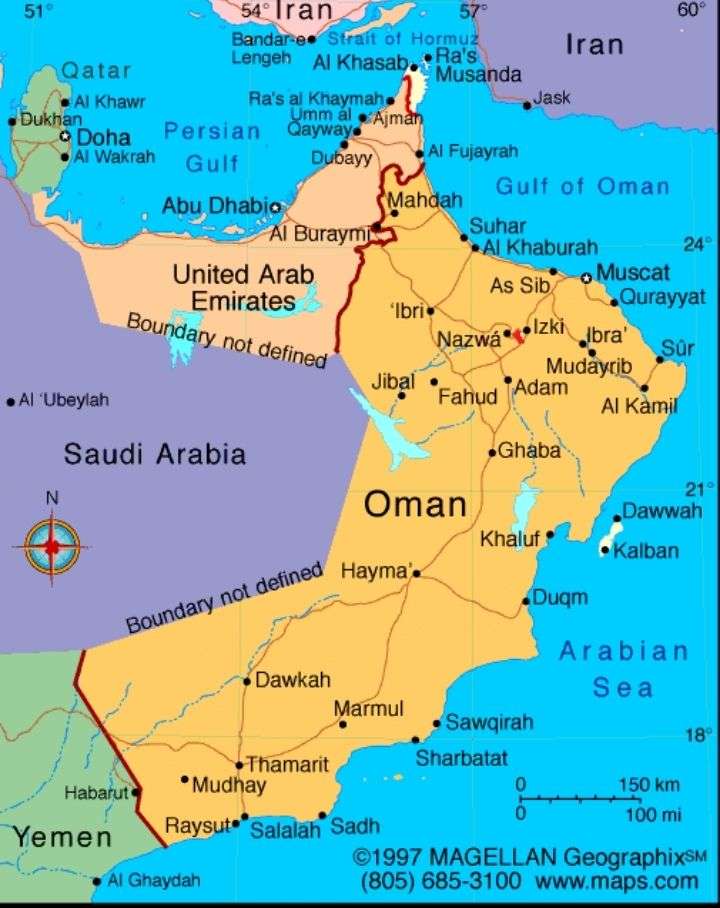
The capital city, Muscat, is situated in the northern part of the Western Al Hajar Mountains, with coordinates of about 23.6143° N latitude and 58.5453° E longitude.
The country covers a total land area of 309,500 square kilometers and is bordered by the Arabian Sea, Gulf of Oman, and Persian Gulf, between Yemen and the United Arab Emirates.
Flag of oman
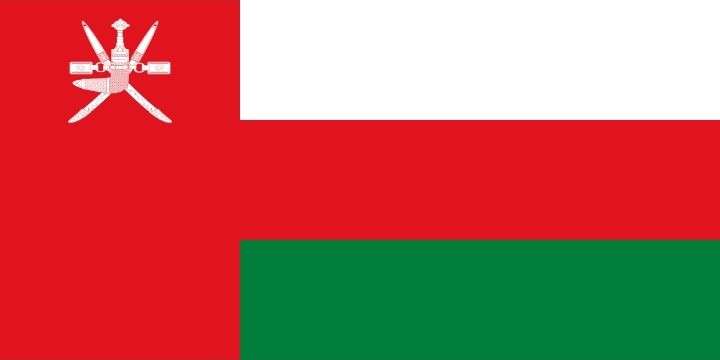
Oman officially adopted its current flag on April 25, 1995. It is a tricolor of white (top), red, and green horizontal stripes, and a red vertical band on the hoist side, containing the national coat of arms. The national emblem features a sheathed Khanjar (a traditional curved dagger) and belt, superimposed on two crossed swords.
Omani men continue to wear the Khanjar and belt as integral components of their ceremonial attire during formal events. The white color depicts the conviction of the Omani people in peace, the red band symbolizes the battles fought by Omanis to evict foreign invaders from the country, and the green band symbolizes the fertility and lush green landscapes of the country. The national flag maintains a height to length proportion of 1:2.
Must visit famous places in oman
Taqah city
Taqah is a coastal town and province located in the Dhofar governorate, in southwestern Oman. The town is known for its rich history and natural beauty, making it a compelling destination for travelers. One of the prominent attractions in Taqah is the Taqah Castle, which offers a glimpse into the daily lives of the people in 19th century Oman. The castle, located about 45 minutes’ drive from Salalah, has been sympathetically restored, providing visitors with an insight into the region’s heritage and the lifestyle of that era.
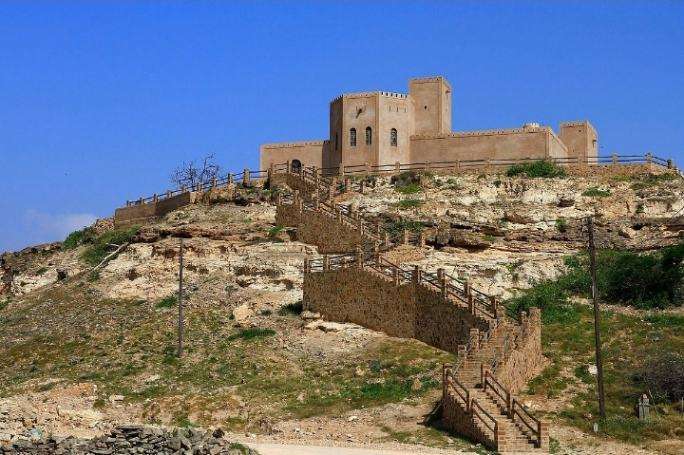
Taqah is also renowned for its natural attractions, including beautiful beaches, coastal scenery, and rugged landscapes. The town’s surroundings offer various touristic attractions, such as grasslands and wide wadis. Wadi Darbat, located in the wilayat of Taqah, is particularly spectacular, known for its unspoiled visible botanical cover and natural springs
The Taqah Castle, built in the 19th century, is a relatively new castle compared to other forts and castles in Oman. It was the private home of a tribal leader, Sheikh Ali Bin Taman Al Mashani, the grandfather of the mother of Sultan Qaboos bin Said. The castle has been renovated and opened to the public as a museum, showcasing ancient weapons, Omani jewelry, furniture, and paintings. It is open for visitors from Saturday to Thursday.
Taqah’s natural beauty, combined with its historical significance, makes it a compelling destination for those seeking to explore Oman’s diverse offerings. The town’s authentic small fishing villages, natural beaches, and rocky landscapes provide a unique and immersive experience for travelers.
Misfat al Abryeen
Misfat al Abriyeen is a unique mountainous village located in the Western Hajar mountains of Oman, approximately 900 meters above sea level. The village, also known as a “mud village,” is renowned for its traditional architecture, agricultural terraces, and ancient falaj irrigation systems. It is an oasis town characterized by lush terraces, shadowy passageways, and traditional mud houses built on solid rock foundations.
The village’s name is derived from the Al Abri tribe, who originally settled in the area. Misfat al Abriyeen’s historical and cultural significance, coupled with its stunning natural surroundings, has made it an increasingly popular tourist destination in recent years.
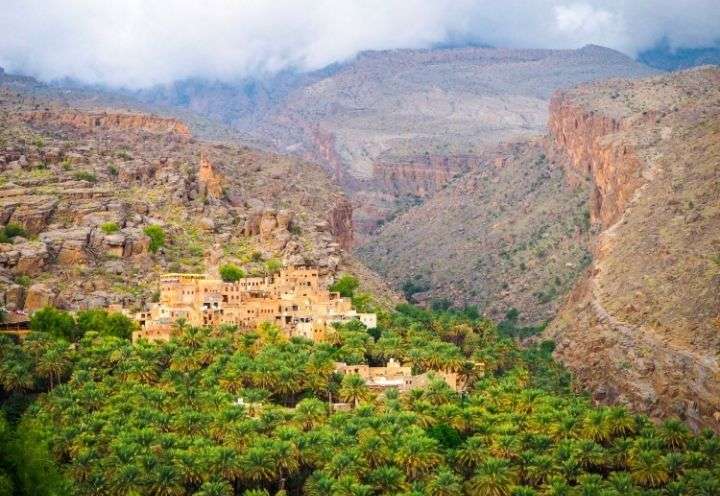
The village’s architectural style, with its unique mud houses and narrow alleys, provides visitors with a glimpse into Oman’s rich heritage and the traditional way of life in the region. The extensive falaj water system, a UNESCO-protected ancient irrigation method, is a remarkable example of the village’s historical engineering prowess. The water from the falaj system not only sustains the village’s inhabitants but also supports the flourishing agricultural terraces, where a variety of fruits, including bananas, papayas, pomegranates, and citrus fruits, are cultivated.
Misfat al Abriyeen’s picturesque setting amidst the rugged mountains and its proximity to other attractions, such as Wadi Ghul and Jabal Shams, make it a compelling stop for travelers exploring the Al Dakhiliyah region. The village’s commitment to preserving its ancient heritage and promoting sustainable tourism is evident in its tourism-led initiatives, including the development of guesthouses that offer visitors an authentic experience of local rural life.
In summary, Misfat al Abriyeen is a historically and culturally rich village that offers a unique blend of traditional architecture, stunning natural beauty, and a glimpse into Oman’s ancient engineering achievements. It is a must-visit destination for travelers seeking an authentic and immersive experience in Oman’s mountainous terrain.
Masirah island
Masirah Island is the largest island in Oman, located off the country’s southeastern coast in the Arabian Sea. The island, with an area of about 649 square kilometers and a population of approximately 12,000 people, is known for its stunning beaches, exciting water sports, and unique natural attractions. It is a relatively unexplored destination that offers a serene and unspoiled environment for visitors.
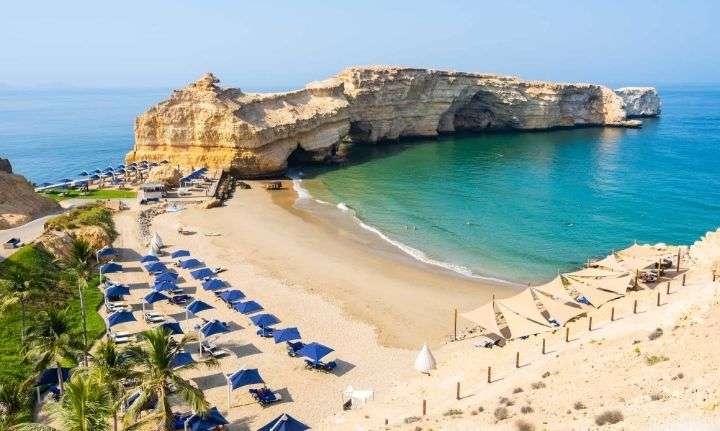
The island is reached by a one and a half-hour ferry journey from Shannah Port, which is situated south of the Wahiba Sands on the Omani coast. Masirah Island is characterized by its vast, empty golden beaches with turquoise waters, complemented by barren hills and a tranquil atmosphere. The island’s town, Hilf, features a few shops, cafes, and restaurants, providing a glimpse of the local lifestyle and culture.
One of the island’s notable features is its appeal to kitesurfers, as it is known for its consistently windy conditions, making it an ideal destination for this water sport. Additionally, Masirah Island is a significant habitat for various species of turtles, with around 30,000 nesting female turtles residing on its beaches. The island’s natural beauty and diverse wildlife make it a compelling destination for nature enthusiasts and those seeking a peaceful retreat.
Masirah Island’s unspoiled coastlines, coupled with its relatively recent opening to tourism, offer visitors the opportunity to explore a pristine and less-visited part of Oman. The island’s serene environment, stunning beaches, and unique attractions make it an ideal destination for travelers looking to experience the natural beauty and tranquility of Oman’s coastal regions.
Bahla
Bahla is a historic town located in the Ad Dakhiliyah region of Oman, known for its impressive fortifications and traditional pottery. The town is surrounded by a 12-kilometer-long wall, and visitors can explore the fort and the nearby Bahla Souq. Bahla Fort, one of the oldest and most significant forts in Oman, is a UNESCO World Heritage Site and a must-visit attraction in the town. The fort was built in the 13th and 14th centuries by the Banu Nebhan tribe, who dominated the central Omani region and made Bahla their capital.
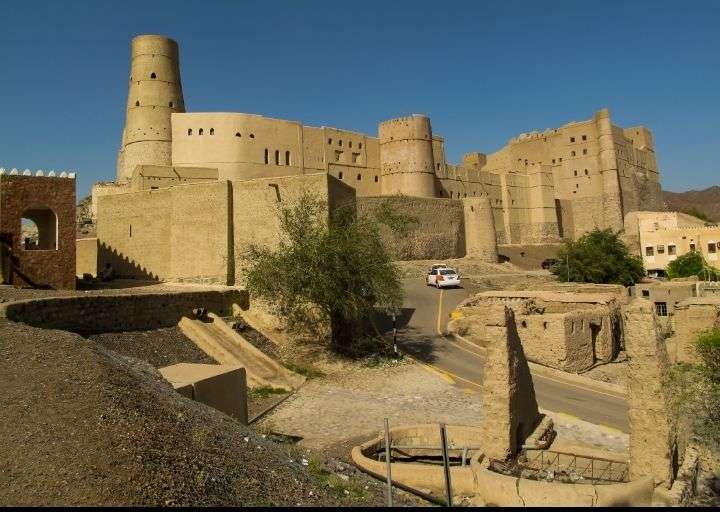
The fort and the town are enclosed by extensive remnants of a 12-km long fortified wall. The majority of structures in the town are built using traditional mud bricks, with many of these buildings boasting a history spanning hundreds of years. The fort is an excellent example of medieval southern Arabian architecture, with stone foundations and walls of unbaked mud brick.
Bahla is also known for its unique style of pottery, which dates back to as early as 2500 BC. The clay used comes from the wadi (river bed), and after the object is finished, it is placed in a kiln to be fired. Visitors can explore the Bahla Souq, which is known for its traditional pottery, silverware, and textiles.
Bahla’s historical significance, coupled with its stunning natural surroundings, makes it a compelling destination for travelers. The town’s commitment to preserving its ancient heritage and promoting sustainable tourism is evident in its tourism-led initiatives, including the development of guesthouses that offer visitors an authentic experience of local rural life. Bahla is bisected by Highway 21, about halfway between Nizwa and Ibri, and is easily accessible by road.
Salalah
Salalah is the capital city of the southern Omani governorate of Dhofar. It is known for its unique climate, which is affected by the annual monsoon, or “Khareef” season, resulting in a lush, green landscape that contrasts with the typical arid environment of the region. The city is a popular tourist destination, offering a combination of natural beauty, cultural attractions, and historical sites.
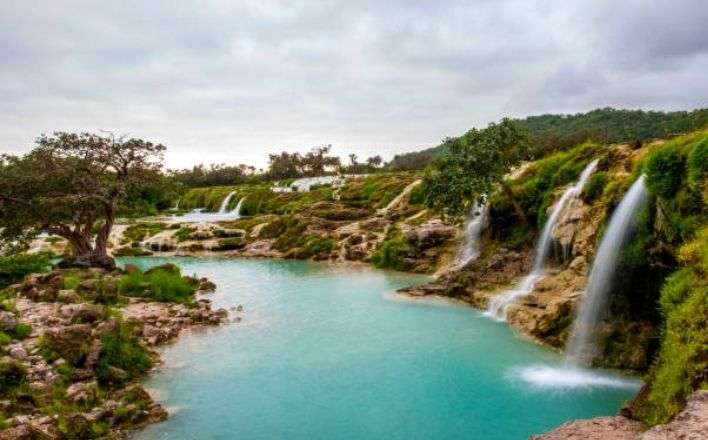
One of the prominent attractions in Salalah is the Al Baleed Archaeological Park, a UNESCO World Heritage Site that features the ruins of the ancient port city of Zafar. The park includes the Al Baleed Museum of the Frankincense Land, which provides insights into the history of the region, particularly its role in the ancient frankincense trade.
Salalah is also home to the Sultan Qaboos Mosque, a stunning example of modern Islamic architecture, and the Haffa Souq, where visitors can experience the vibrant local culture and purchase traditional Omani goods, such as frankincense, textiles, and handicrafts.
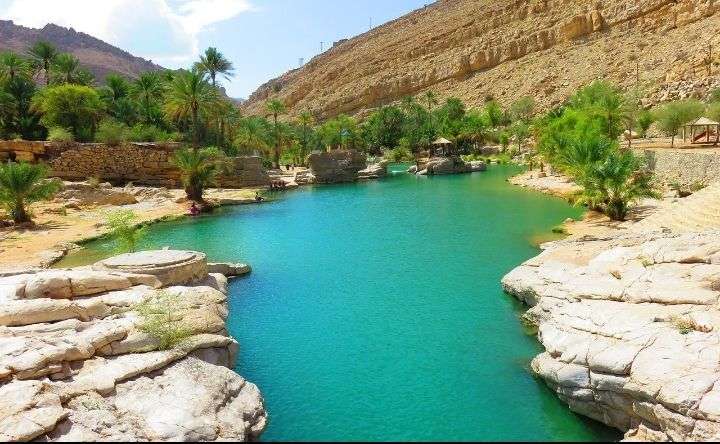
The city’s natural attractions include the beautiful beaches of Al Mughsail and the serene Ayn Razat spring, surrounded by lush vegetation and palm trees. Additionally, the nearby Wadi Darbat is a popular destination during the Khareef season, known for its waterfalls, lakes, and diverse wildlife.
Salalah’s unique blend of history, culture, and natural beauty makes it a compelling destination for travelers seeking a distinctive Omani experience.
Jebel Akhdar
Jebel Akhdar, which translates to “Green Mountain,” is a mountainous region in Oman, known for its stunning landscapes, terraced orchards, and mild climate. The area is characterized by its limestone mountains, extensive wadis, and terraced gardens where pomegranates, apricots, and roses thrive due to the Mediterranean-like conditions.
Jebel Akhdar is located in the central section of the Al Hajar mountain range, approximately 150 km from Muscat, and can only be accessed by four-wheel drive vehicles due to its rugged terrain. The region receives around 300 mm of precipitation annually, creating a relatively moist environment compared to the surrounding desert areas.
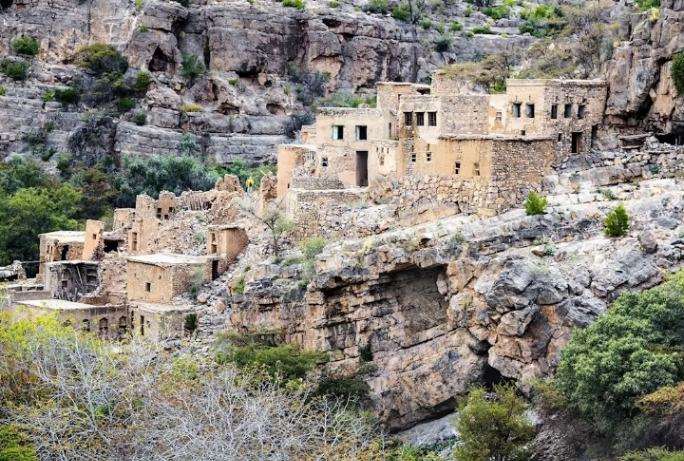
Jebel Akhdar is a popular destination for nature enthusiasts, hikers, and those interested in exploring the unique agricultural practices of the area. The region is also of historical significance, as it was the site of the Jebel Akhdar War, a conflict between Omani forces and Saudi Arabian-backed rebel forces in the 1950s. In 2011, Jebel Akhdar was designated a nature reserve by Sultan Qaboos in an effort to conserve its distinctive and fragile ecosystems.
The area offers a range of outdoor activities, including hiking, birdwatching, and exploring the traditional villages and terraced gardens. Visitors to Jebel Akhdar are advised to dress in layers, as the mountainous terrain can experience rapid temperature changes. The region’s panoramic views, diverse flora, and historical importance make it a compelling destination for those seeking to experience the natural and cultural heritage of Oman.
Ras al Jinz
Ras al Jinz is a small sandy bay located in the Ash Sharqiyah South Governorate of Oman, known for its nesting sea turtles. The beach is home to the endangered green turtles, which come ashore to lay their eggs between June and September. Visitors can take a guided tour to see the turtles laying their eggs and hatching. The Ras al Jinz Turtle Reserve is a popular destination for nature enthusiasts and those interested in marine conservation. The reserve offers a range of accommodation options, including eco-tents and carapace rooms, providing visitors with an immersive experience of the local environment.
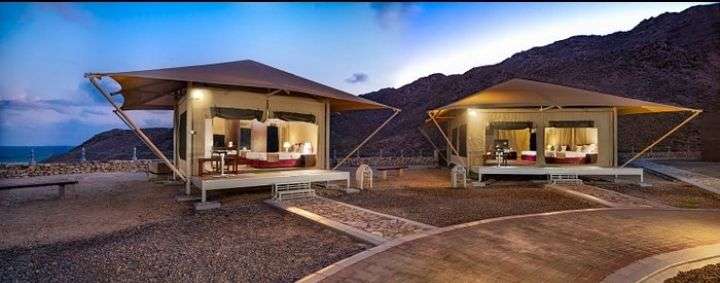
The reserve is located near the Wahiba Sands, and visitors can combine a visit to the turtle reserve with a trip to the stunning water pools and shady canyon of Wadi Bani Khalid. The reserve is also a great base for exploring the nearby beaches and mountains.
Ras al Jinz’s natural beauty, combined with its commitment to marine conservation, makes it a compelling destination for those seeking to experience the unique wildlife and natural heritage of Oman. The reserve’s guided tours and educational programs provide visitors with an opportunity to learn about the importance of marine conservation and the challenges facing sea turtles in the region.
Muscat
Muscat, the capital city of Oman, is a vibrant and historically rich destination. It offers a blend of natural beauty, cultural attractions, and architectural marvels. Some of the must-visit places in Muscat include:
Sultan Qaboos Grand Mosque: A stunning modern mosque with space for 20,000 worshippers, known for its beautiful architecture and serene ambiance.
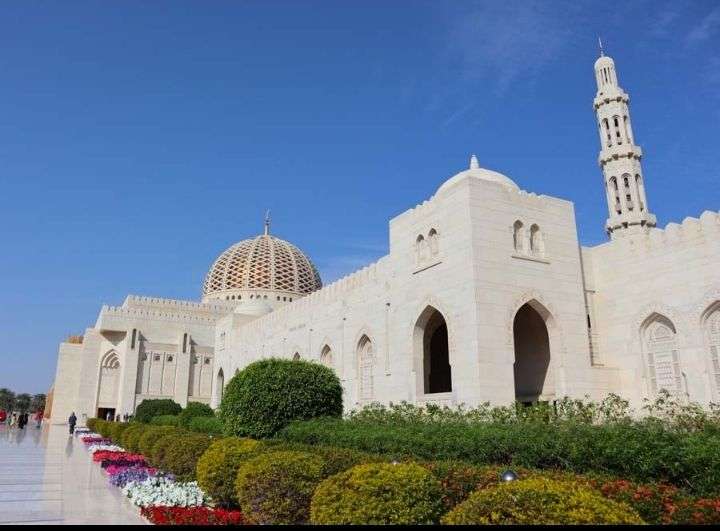
Mutrah Corniche: A picturesque seafront area where visitors can enjoy a leisurely stroll and admire the white buildings and mosques along the coast.
Mutrah Souq: One of the oldest markets in Oman, offering a wide range of traditional Omani goods, including frankincense, silver jewelry, and textiles.
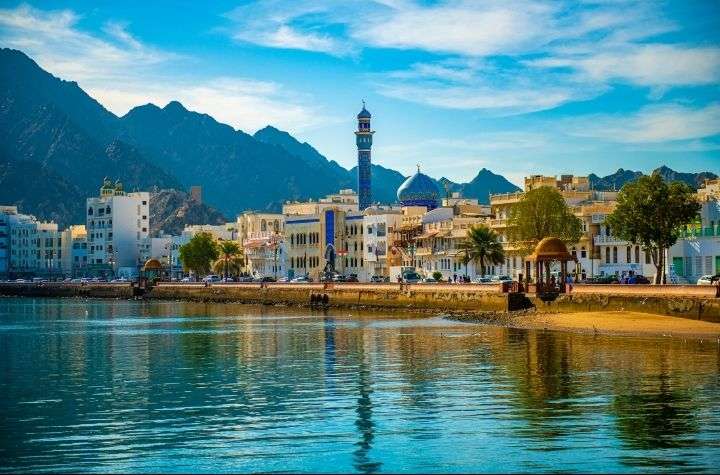
Al Jalali Fort: A historic fort that provides panoramic views of the surrounding area and offers insights into Oman’s rich heritage.
Royal Opera House Muscat: A distinguished Omani architectural marvel that serves as the main venue for musical arts in the capital, hosting both Omani and international performances.
Al Qurum Beach: A beautiful beach area where visitors can relax and enjoy the scenic natural surroundings.
Old Muscat: A historic area that features traditional architecture, ancient forts, and a rich cultural heritage.
Tips for visiting oman
Here are some travel tips for visiting Oman:
Pack appropriately: Depending on the activities you plan to do, make sure to pack appropriate gear such as hiking boots, water bottles, backpacks, waterproof dry bags, etc.
Bargain and haggle: Prices are rarely fixed in the souks, and bargaining and haggling is very much a cultural norm. Make sure to hit the ATM to get some cash before you go to the souk, as you’ll be hard-pressed to find a stall that accepts credit cards.
Explore the natural beauty: Oman is home to stunning natural landscapes, including wadis, mountains, beaches, and deserts. Visitors can go hiking, rock-climbing, scuba diving, snorkeling, and boating, among other activities.
Respect the local culture: Oman is a conservative Muslim country, and visitors should dress modestly and respect local customs and traditions.
Rent a car: Renting a car is the best way to explore Oman’s diverse attractions, as public transportation is limited.
Stay hydrated: It’s crucial to stay hydrated in Oman, particularly in the summer months when temperatures can soar. Be sure to drink ample water to keep yourself hydrated.
Be respectful of marine life: Oman is home to a diverse range of marine life, including sea turtles. Visitors should be respectful of these
Conclusion
In conclusion, Oman is a beautiful and safe destination that offers a unique blend of natural beauty, cultural attractions, and historical sites. Visitors can explore the country’s stunning landscapes, including mountains, beaches, and deserts, and experience the local culture and traditions. It is important to respect the local customs and dress modestly, especially in religious sites and public places.
Bargaining and haggling is a cultural norm in Oman, and visitors should be prepared to negotiate prices in the souks. Renting a car is the best way to explore the country, and visitors should pack appropriately for outdoor activities and the hot climate. Oman is a welcoming and hospitable country, and visitors can expect to receive a warm welcome from the locals. By following these tips and being aware of the country’s customs and regulations, visitors can have a safe and enjoyable experience exploring Oman’s unique natural beauty, rich cultural heritage, and diverse attractions.
Faqs about visiting oman
Q. Is Oman a safe destination for tourists?
A. Yes, Oman is considered a safe destination for tourists. The nation maintains a low crime rate, and its populace is known for their friendly and hospitable nature towards visitors.
Q. Which is the best season to visit Oman?
A. The best time to visit Oman is between October and April when the weather is cooler and more comfortable for outdoor activities.
Q. What is the currency used in Oman?
A. Omani rial (OMR) is the currency used in Oman.
Q. Do I need a visa to visit Oman?
A. Yes, visitors to Oman require a visa. Tourists can obtain a visa on arrival or apply for an e-visa before their trip.
Q. What language is spoken in Oman?
A. The official language of Oman is Arabic, but many residents speak English in major cities throughout the country.
Q. What are some must-visit places in Oman?
A. Some of the must-visit places in Oman include Muscat, Jebel Akhdar, Wadi Bani Khalid, Salalah, and the Ras al Jinz Turtle Reserve.

Safnaa has been working in the travel industry for over a decade, and her expertise and knowledge are reflected in the high-quality content and resources available on travelstutor.com. She is dedicated to providing travelers with accurate and up-to-date information on destinations, accommodations, transportation, and activities, ensuring that they have the best possible travel experience.

